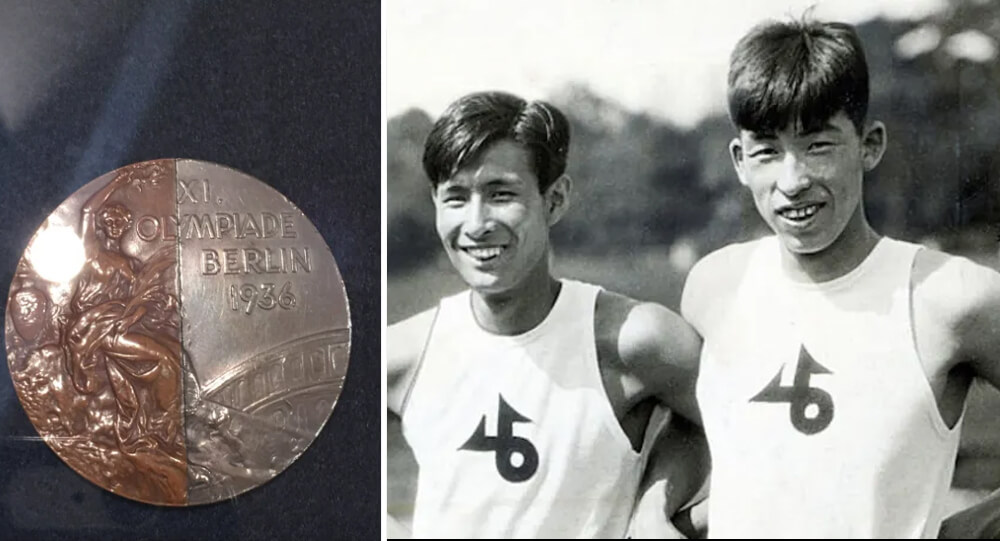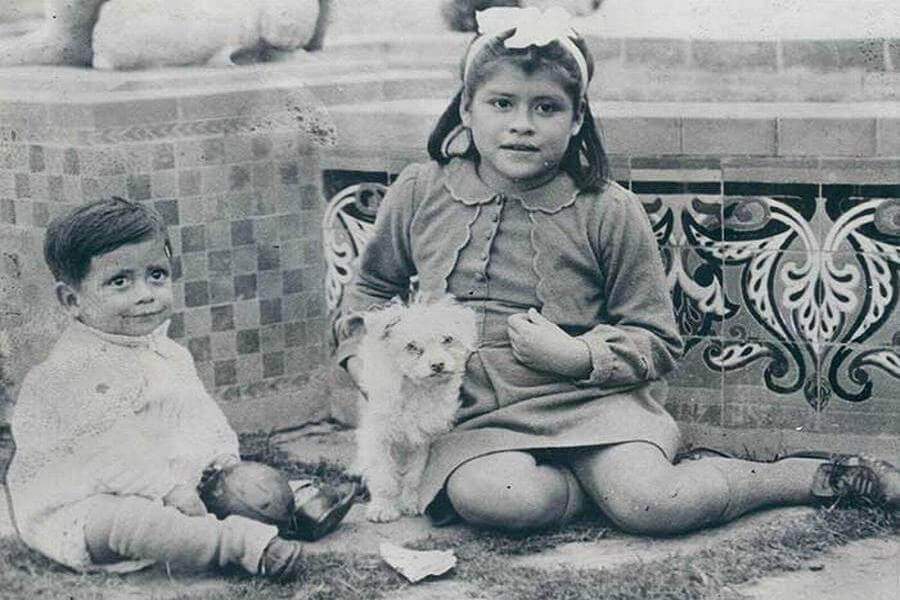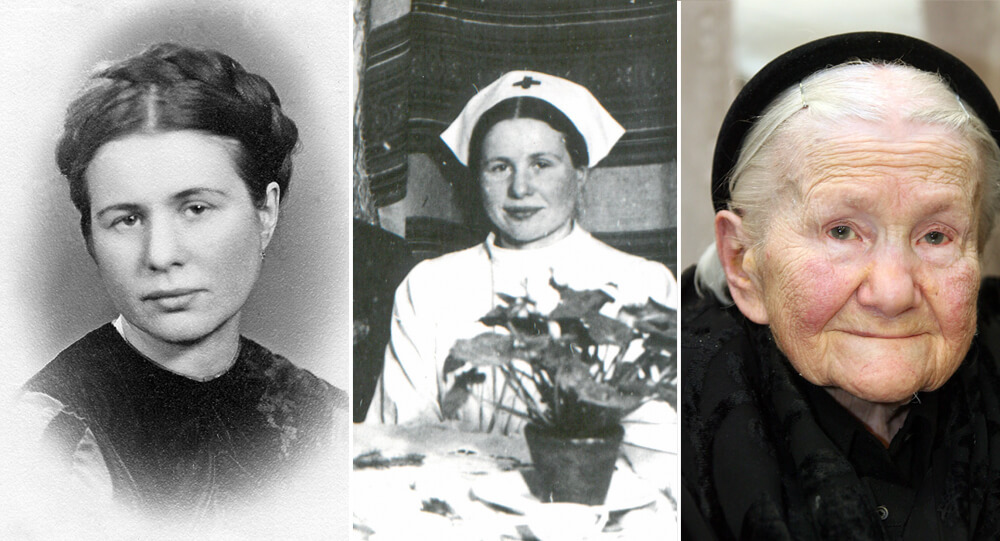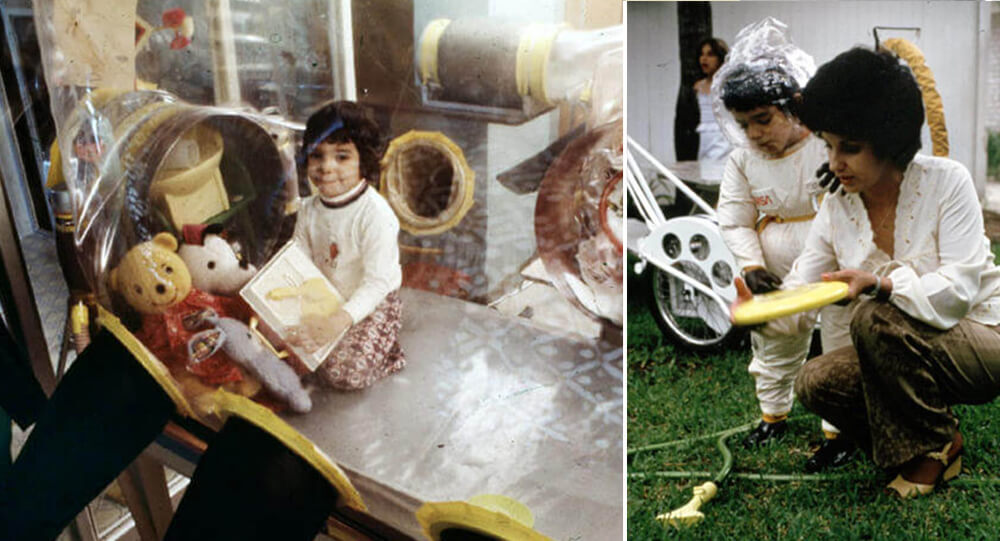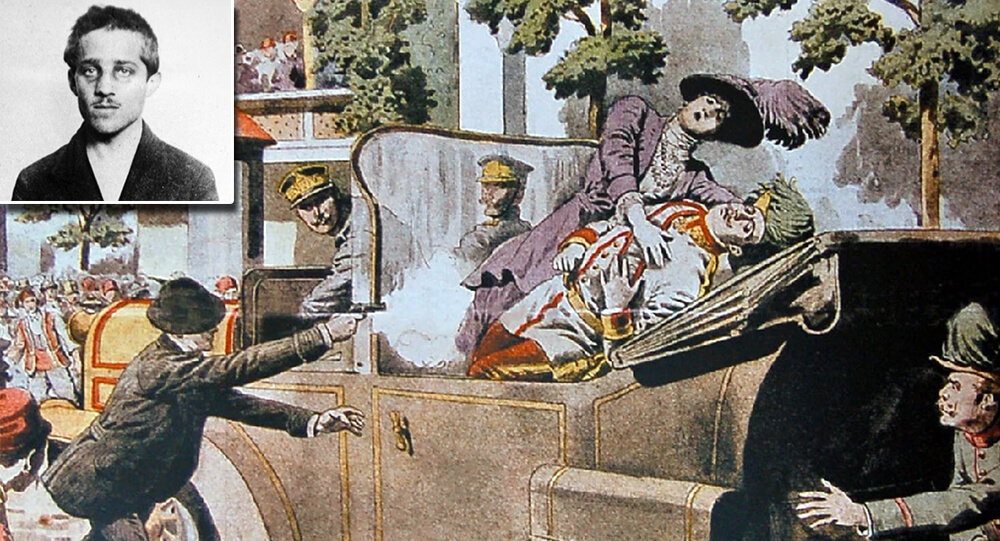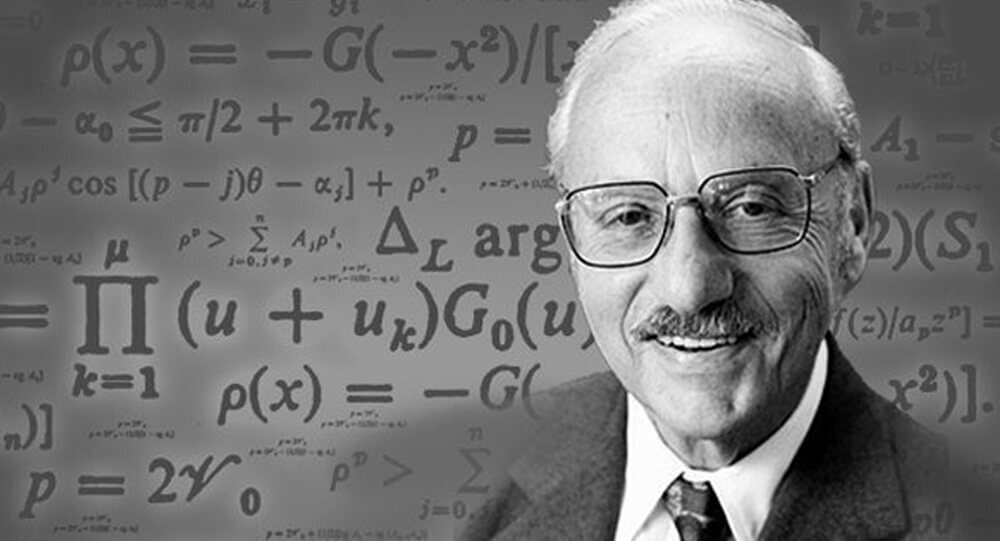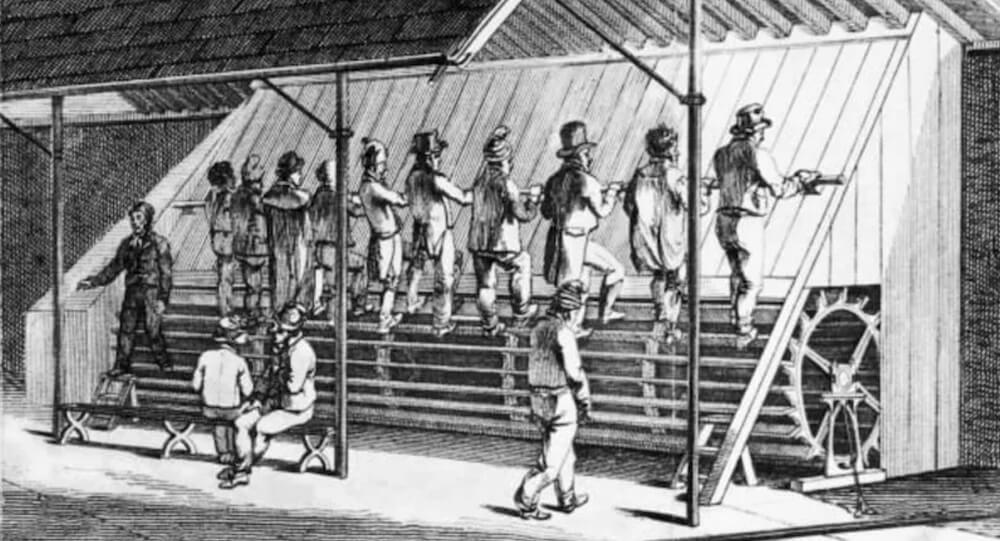

History of Treadmill, punishment for prisoners
The treadmill, also known as a dreadmill, rat wheel, or running machine, is the most widely used fitness equipment in the world. In 2016, the Sports & Fitness Industry Association (SFIA) conducted a survey in which over 50 million Americans admitted to having either enjoyed or endured using one at some point in the preceding year. The fact that treadmills make up nearly 40% of gym equipment sales in the US, as reported by the Washington Post, is therefore not surprising.
This is a remarkable turnaround for a machine that was once used in 19th-century Britain as a form of punishment to keep prisoners in check. It may seem strange that the most popular form of physical fitness these days is a boring, cramped workout, but not too long ago, this kind of exercise was meant to deter criminals from committing new crimes.
However, these days it’s impossible to enter a gym without seeing rows of machines. However, according to a Daily Mail article, people didn’t start using treadmills exclusively for exercise until the Roaring Twenties and Gatsby-era girls in fetching early activewear. The first consumer running machine didn’t come out until the 1960s.
Related Topic You Might Find Interesting:
- Jack the Baboon operated a railroad, earned a living, and never made a mistake
- The history of Flour sack clothing fashion
Why is the torture machine becoming a voluntary rather than a mandatory one? The treadmill’s greatest draw for some people is its convenience—you can get your cardio in a short stroll from the water cooler and a hot shower. Some have harsh weather that prevents them from engaging in outdoor exercise (think Midwest winters and oppressive summers in dry Arizona). The only way to get some aerobic miles in is to crawl onto the rubber belt.
Over the last ten years, there have been advancements in the motorized treadmill, leading to the development of self-powered, curved, smart connected, underwater, and anti-gravity models. Some even have virtual reality compatibility built in.
However, where did the term “treadmill” come from and how did this cardiovascular king become all-powerful? Prepare yourself for a tour through the colorful history of treadmill by setting the speed to 6 and the belt inclination to 1.5 percent.
The Origin and History of Treadmill

The history of treadmill begins with the Romans and a human hamster wheel that was used by laborers to raise big weights that were built into cranes. You could lift twice as much weight with half as much muscle by substituting men inside a larger wheel for a winch. You didn’t need an abacus to figure that out. It meant that more money stayed in the Roman coffers and that construction proceeded more quickly.
According to the blog of the fitness equipment company Life Fitness, this trend of combining the power of humans and animals became popular much later in Industrial Revolution Britain. There, ambitious engineers created inventions like animal-powered water pumps, butter churns, and of course, mills.
The phrase “walking machine” was thus created.
Treadmills, Punishment for Prisoners
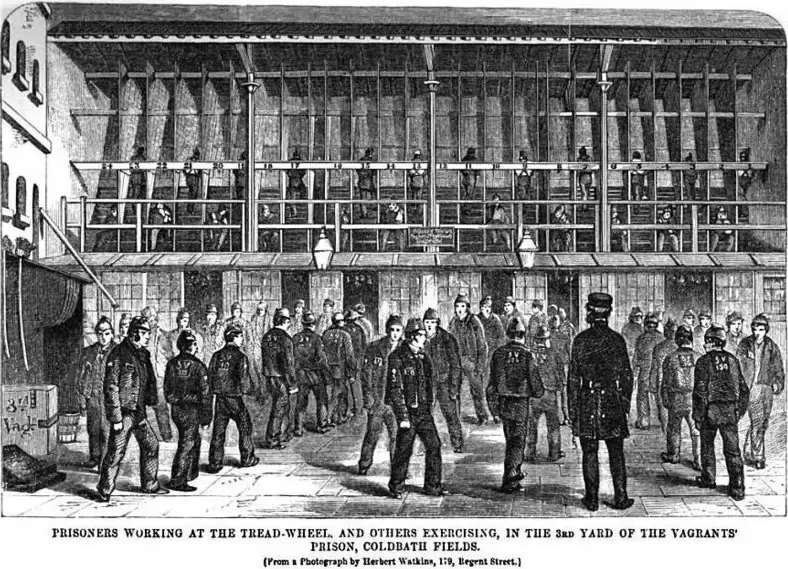
There’s no mincing words, British prisons in the 1800s were extraordinarily bad places—solitary confinement was routine, food was scarce, and discipline severe. Because things were so grim activists fought for new forms of rehabilitation. In 1818, English engineer William Cubitt devised a human-powered treadmill for grinding corn. This, according to the British Library, caught the attention of the Society for the Improvement of Prison Discipline who latched onto the machine as a form of “preventive punishment.” They reasoned nobody exposed to it would risk re-offending. Thereafter, treadmills were installed in jails across the land.
Convicts sentenced to hard labor climbed onto a 24-paddle stepped wheel, powering the device with continuous exertion much like the stair climber in your local gym. Some prisoners endured up to 10-hour workouts daily, climbing the equivalent of 17,000 feet—over half the height of Mount Everest, according to a BBC report.
Birth of the Cardio King
If Apple Watches had been provided as standard equipment in Victorian prisons, maybe the wardens would have noticed the rising heart rates. Rather, according to the LifeFitness blog, the first recorded medical application of the treadmill did not occur until 1952.
The Bruce Protocol is a diagnostic test created by Dr. Robert Bruce of the University of Washington. It involves having a subject run on a treadmill until they are completely exhausted. This test, which is still in use today, established the treadmill as a means of achieving cardiovascular advantages.
Machines had motors by then. The PaceMaster 600 is the first treadmill designed for home use. It resembles a Zimmer frame and is connected to a moving yoga mat. William Staub, an American engineer, created it in the late 1960s. According to Staub’s 2012 obituary in the New York Times, despite his insistence that the treadmill improved your physical condition and that bad weather was no longer an excuse to not run, by the mid-1980s, only 2,000 of the $399 machines were sold annually.
The number rose to 35,000 by the 1990s, and large brands with more modern equipment were now common. Among them was Life Fitness, with their 9500HR, which, according to the LifeFitness blog, was 30% kinder to joints than running on concrete.
Rival equipment companies born in the 1970s and 1980s, such as the American firms Icon Fitness and NordicTrack, as well as the Italian company Technogym, moved into treadmills. The running machine had reached its tipping point.

The Horrific story of Ariel Castro and the Cleveland abduction
Cleveland abduction victims Gina DeJesus, Michelle Knight, and Amanda Berry were forced to live in Ariel Castro's house of horrors for 10 years. He raped and beat them until they escaped in 2013.

Marion Stokes recorded 30 years of television
Marion Stokes, a Philadelphia woman began taping whatever was on television in 1979 and didn’t stop until her death in 2012. The 71,000 VHS and Betamax tapes she made are the most complete collection preserving this era of TV. They are being digitized by the Internet Archive.

Ea-Nasir: world's oldest written customer complaint
This clay tablet, written in cuneiform, is the oldest known written customer complaint about the delivery of poor quality copper ingots. Originally from ancient Babylon, the tablet dates back to 1750 BCE, and it was written by a customer named Nanni to a merchant named Ea-Nasir. It is currently housed in the British Museum.

The 1814 London beer flood
In 1814, there was a beer flood in London when a tank containing more than 300,000 gallons ruptured in which 8 people drowned.

Medals of Friendship: The Enduring Olympic Story of 1936
At the 1936 Summer Olympics, two Japanese pole vaulters named Sueo Oe and Shuhei Nishida tied for second, but they declined to compete against each other. As a result, Nishida was awarded the silver medal and Oe won a bronze medal. Upon returning to Japan, the athletes had their medals cut in half and spliced together to create new "friendship medals," which were half silver and half bronze.

Thomas Baker's heroic act that earned him the "Medal of Honor" was 8 bullets until death
Thomas Baker instructed his team to leave him with a pistol and eight bullets propped up against a tree after he was injured. Later, American troops discovered the now-deceased Baker in the same location, lying next to eight dead Japanese soldiers and carrying an empty pistol.

story of the youngest mother in the world at age of five - Lina Medina
Lina Medina, a five-year-old Peruvian girl, became the youngest mother in history in 1939 when she gave birth to a boy.

The World’s First Seismograph: How Ancient China Detected Earthquakes 1,800 Years Ago
Over 1,800 years ago, long before modern technology, the ancient Chinese astronomer and inventor Zhang Heng created the world’s first seismograph in 132 AD. This ingenious bronze device could detect distant earthquakes by releasing small balls from dragons’ mouths into toads’ mouths—each indicating a different compass direction. Its historic detection of an earthquake 400 miles away astonished the imperial court and transformed the way societies understood and responded to seismic events.

The Bizarre (And Magical) Duel Between Chung Ling Soo And Ching Ling Foo
Ching Ling Foo and Chung Ling Soo were two magicians from the early 20th century who were bitter rivals. While Ching Ling Foo was genuinely Chinese, Chung Ling Soo was actually a New Yorker named William Robinson.

The 1976 April Fools' Pranks, Planetary Alignment
On April fool's Day, 1976, the BBC convinced many listeners that a special alignment of the planets would temporarily decrease gravity on Earth. Phone lines were flooded with callers who claimed they felt the effects.

Remembering the miracles of the 1985 Mexico earthquake (unbelievable stories)
In 1985, after an 8.0 magnitude earthquake hit Mexico City, nearly all newborn babies survived a collapsed hospital. They are known as “Miracle Babies” for surviving 7 days without nourishment, water, warmth or human contact.

The Tragic Story Of Mary Ann Bevan, The ‘Ugliest Woman In The World’
After the death of her husband, Mary Ann Bevan had no income to support herself and her children. She then decided to enter a contest where she won the title of “ugliest woman” and was later hired by a circus. She endured this ridicule from the world to provide for her family.

What Was the Beast of Gévaudan?
Between 1764 and 1767, a mysterious animal called the Beast of Gévaudan terrorized the French village called Gévaudan. It attacked and killed about 100 adults and children. While most believe it was a wolf, some say it may have been a wolf-dog hybrid, hyena or even a lion, but without any genetic evidence, the beast will remain a mystery forever.

Atomic Tourism: In the 1950s, nuclear tests in Las Vegas served as a draw for tourists
Between 1950 and 1960, Las Vegas offered “Atomic Tourism” in which guests could watch atomic bombs being tested in the desert as a form of entertainment.

Irena Sendler: woman who rescued Jews during holocaust
Irene Sendler was the Zegota resistance group's head of the children's department. She risked her life to smuggle children out of the Warsaw ghetto, place them with Polish families or orphanages, give each child a new identity, and keep records so that they could be returned to their families. In 1943, the Gestapo arrested and sentenced her to death, but she was rescued by Zegota.

The touching story of David Vetter (bubble boy), the 'boy who lived in a bubble
David Vetter lived his whole 12 years in sterile “bubble”. He was “outside” for 20 second after being removed from his mother’s womb. He never touched any human.

Franz Ferdinand’s Assassination that sparked World War I
Archduke Franz Ferdinand of Austria and his wife Sophie are shot to death by a Bosnian Serb nationalist during an official visit to the Bosnian capital of Sarajevo on June 28, 1914. The killings sparked a chain of events that led to the eruption of World War I by early August.

Why This Belgian Bar Makes You Trade Your Shoe for a Beer
To prevent tourists from stealing their beer glasses, some bars in Belgium require people to hand over one of their shoes as a deposit which is then put in a basket and hung from the ceiling. These shoe baskets have also become an attraction.

George Dantzig solved two famous “unsolved” problems in statistics mistakenly as assignment
In 1939, George Dantzig arrived late to his statistics class. On the board were two famous “unsolved” problems in statistics written as an example by his professor. Dantzig mistook the examples for homework assignments. He solved the “unsolved” problems and submitted the homework to his professor a few days later. His solutions earned him a doctorate.

Shizo Kanakuri’s 1912 Olympic Marathon Finished 54 Years
At the 1912 Olympics, a marathon runner quit and went home to Japan without telling officials and was considered a missing person in Sweden for 50 years. In 1966, he was invited to complete the marathon. His time: 54 years, 8 months, 6 days, 5 hours, 32 minutes, and 20.379 seconds.

Knockers-up: waking up the Industrial Britain's Workers in 1900-1941
Before alarm clocks were invented, there was a profession called a knocker-up, which involved going from client to client and tapping on their windows (or banging on their doors) with long sticks until they were awake. It lasted into the 1920s.

3 men lived on top of a billboard in tents for almost 9 months
From 1982-1983, three men in Allentown PA competed in a radio contest in which they lived on top of a billboard in tents. Whoever stayed up longest would win a house. Due to economic pressure from the recession, none of the contestants wanted to give up, so the contest lasted almost 9 months.

Will & William Wests: The puzzling situation of two inmates who are identical but not related
These are the mugshots of Will West and William West, and they are not related. They were both sent to Leavenworth Prison at the same time, in 1903, and after some confusion, the staff understood they had two different prisoners with the nearly same name, who looked exactly alike. They are part of the reason fingerprints are now used as identification.

Why was the Eiffel Tower almost demolished
The Eiffel Tower was intended to be a temporary structure for the World's Fair in 1889, but it was nearly dismantled and sold for scrap metal. It was saved because of its potential use as a radio antenna, and it now serves as a tourist attraction as well as a working broadcast tower.

Nicholas Winton ‘British Schindler’: Man who rescued 669 Czech children from Nazis
A man named Nicholas Winton saved 669 kids during WWII and lived almost all his life without letting people know.





